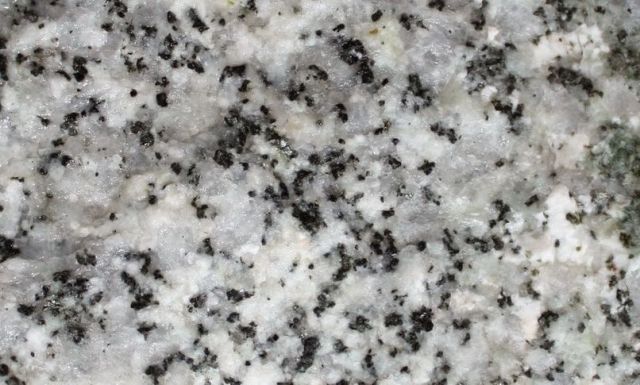Ernst Haeckel, German naturalist and artist,
was born February 16, 1834. He was one of the first biologists to
accept the theory of evolution and created phylogenetic trees to show
the relationships of various animals (including humans).
It´s curious to
note that one of Haeckel´s drawings features also in the 1995 anime „Ghost in the Shell“, when the puppet master - a sentient A.I. - discusses evolution as descent with modification:
“A copy is just an identical image. There is the possibility that a single virus could destroy an entire set of systems and copies do not give rise to variety and originality. Life perpetuates itself through diversity and this includes the ability to sacrifice itself when necessary. Cells repeat the process of degeneration and regeneration until one day they die, obliterating an entire set of memory and information. Only genes remain. Why continually repeat this cycle? Simply to survive by avoiding the weaknesses of an unchanging system.”
“A copy is just an identical image. There is the possibility that a single virus could destroy an entire set of systems and copies do not give rise to variety and originality. Life perpetuates itself through diversity and this includes the ability to sacrifice itself when necessary. Cells repeat the process of degeneration and regeneration until one day they die, obliterating an entire set of memory and information. Only genes remain. Why continually repeat this cycle? Simply to survive by avoiding the weaknesses of an unchanging system.”
Ghost in the Shell, the final battle in the museum.





















